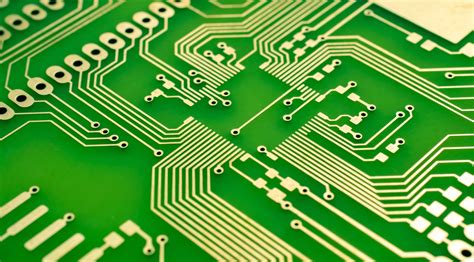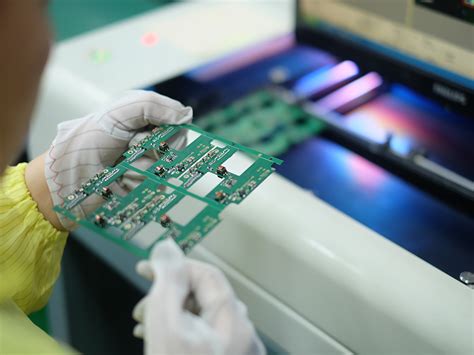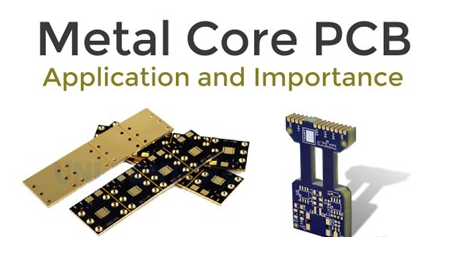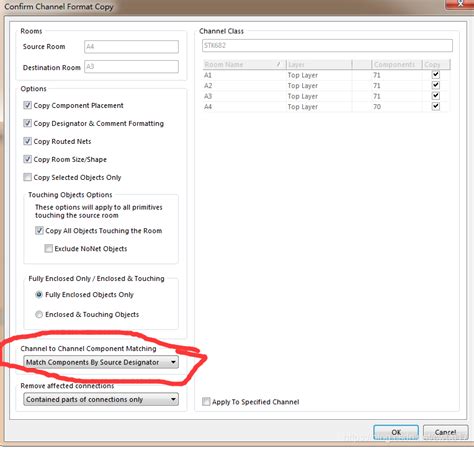Flexible pcb board manufacturers
Top Trends in Flexible PCB Manufacturing for 2024
As we approach 2024, the landscape of flexible PCB (Printed Circuit Board) manufacturing is poised for significant transformation, driven by technological advancements and evolving market demands.
Flexible PCBs, known for their adaptability and lightweight properties, are increasingly becoming the backbone of modern electronic devices. This surge in demand is prompting manufacturers to innovate and adopt new trends that promise to redefine the industry.
One of the most prominent trends in flexible PCB manufacturing is the integration of advanced materials.
Manufacturers are exploring the use of novel substrates and conductive materials that offer enhanced flexibility, durability, and thermal management. For instance, the incorporation of polyimide and liquid crystal polymer substrates is gaining traction due to their superior thermal stability and mechanical properties. These materials not only improve the performance of flexible PCBs but also expand their application range, particularly in high-frequency and high-temperature environments.
In addition to material innovation, the miniaturization of electronic components is another trend shaping the future of flexible PCB manufacturing.
As consumer electronics continue to shrink in size while increasing in functionality, the demand for smaller, more efficient PCBs is rising. Manufacturers are responding by developing advanced fabrication techniques that allow for higher component density and finer line widths. This miniaturization trend is particularly evident in the production of wearable devices, where space constraints necessitate the use of compact and highly efficient flexible PCBs.
Moreover, the rise of the Internet of Things (IoT) is significantly influencing flexible PCB manufacturing.
IoT devices require PCBs that are not only flexible but also capable of supporting wireless communication and data processing. To meet these requirements, manufacturers are incorporating advanced features such as embedded antennas and sensors directly into the PCB design. This integration not only enhances the functionality of IoT devices but also reduces the overall size and complexity of the electronic systems.
Sustainability is also becoming a critical consideration in flexible PCB manufacturing.
As environmental concerns continue to grow, manufacturers are under increasing pressure to adopt eco-friendly practices. This includes the use of recyclable materials, reducing waste during the manufacturing process, and implementing energy-efficient production techniques. By prioritizing sustainability, manufacturers are not only addressing regulatory requirements but also meeting the expectations of environmentally conscious consumers.
Furthermore, the adoption of Industry 4.0 technologies is revolutionizing the flexible PCB manufacturing process.
Automation, artificial intelligence, and data analytics are being leveraged to enhance production efficiency, improve quality control, and reduce costs. For example, automated inspection systems equipped with machine learning algorithms are being used to detect defects in real-time, ensuring that only high-quality products reach the market. This shift towards digitalization is enabling manufacturers to respond more swiftly to market changes and customer demands.
In conclusion, the flexible PCB manufacturing industry is on the cusp of a transformative era, driven by material innovations, miniaturization, IoT integration, sustainability efforts, and the adoption of Industry 4.0 technologies. As these trends continue to evolve, manufacturers are well-positioned to meet the growing demand for flexible PCBs across various sectors, from consumer electronics to automotive and beyond. By staying at the forefront of these developments, flexible PCB manufacturers can ensure their competitiveness and relevance in an increasingly dynamic market.

How to Choose the Right Flexible PCB Manufacturer for Your Project
When embarking on a project that requires the use of flexible printed circuit boards (PCBs), selecting the right manufacturer is a critical decision that can significantly impact the success of your endeavor. Flexible PCBs offer numerous advantages, such as their ability to bend and conform to various shapes, making them ideal for compact and complex electronic devices. However, the process of choosing a suitable manufacturer involves careful consideration of several factors to ensure that the final product meets your specifications and quality standards.
To begin with, it is essential to evaluate the manufacturer’s experience and expertise in producing flexible PCBs.
Manufacturers with a proven track record in this specialized field are more likely to deliver high-quality products. They possess the necessary knowledge to address potential challenges that may arise during the production process. Furthermore, experienced manufacturers are often equipped with advanced technology and equipment, which are crucial for producing reliable and efficient flexible PCBs.
In addition to experience, the manufacturer’s capability to meet your specific design requirements is another vital consideration.
Flexible PCBs can vary significantly in terms of complexity, size, and functionality. Therefore, it is important to ensure that the manufacturer has the technical capability to produce PCBs that align with your project’s unique needs. This includes the ability to handle various materials, layer counts, and design intricacies. Engaging in detailed discussions with potential manufacturers about your design specifications can provide valuable insights into their capabilities.
Moreover, quality assurance processes are a critical aspect of selecting a flexible PCB manufacturer.
A reputable manufacturer should adhere to stringent quality control measures throughout the production process. This includes conducting thorough inspections and testing at various stages to ensure that the PCBs meet industry standards and your specific requirements. Certifications such as ISO 9001 or IPC standards can serve as indicators of a manufacturer’s commitment to quality.
Another important factor to consider is the manufacturer’s production capacity and lead times.
Depending on the scale of your project, it is crucial to choose a manufacturer that can accommodate your production volume within the desired timeframe. Delays in production can have significant repercussions on your project’s timeline and budget. Therefore, discussing lead times and production schedules with potential manufacturers can help you assess their ability to meet your deadlines.
Cost considerations also play a significant role in the decision-making process.
While it may be tempting to opt for the lowest-cost option, it is important to balance cost with quality and reliability. A manufacturer offering significantly lower prices may compromise on materials or processes, potentially leading to subpar products. It is advisable to obtain detailed quotes from multiple manufacturers and compare them in terms of both cost and value.
Finally, effective communication and customer support are essential components of a successful partnership with a flexible PCB manufacturer.
A manufacturer that is responsive and willing to collaborate closely with you can help address any issues that arise during the production process. This collaborative approach ensures that your project progresses smoothly and any necessary adjustments are made promptly.
In conclusion, choosing the right flexible PCB manufacturer involves a comprehensive evaluation of their experience, capabilities, quality assurance processes, production capacity, cost, and communication practices. By carefully considering these factors, you can select a manufacturer that not only meets your project’s requirements but also contributes to its overall success.
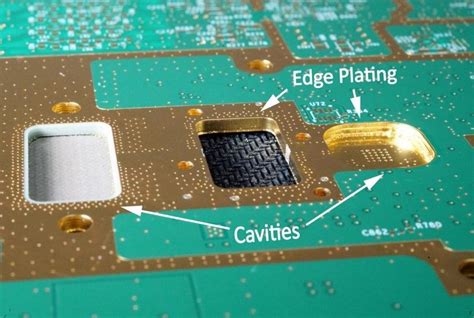
Innovations in Flexible PCB Design and Production Techniques
In recent years, the field of electronics has witnessed significant advancements, particularly in the design and production of flexible printed circuit boards (PCBs). These innovations have been driven by the increasing demand for smaller, lighter, and more versatile electronic devices.
Flexible PCBs, known for their ability to bend and conform to various shapes, have become integral to modern electronic applications, ranging from consumer electronics to medical devices and automotive systems. As manufacturers strive to meet the evolving needs of the industry, they have embraced a range of innovative techniques and materials that enhance the performance and reliability of flexible PCBs.
One of the key innovations in flexible PCB design is the use of advanced materials that offer improved flexibility and durability.
Traditional rigid PCBs are typically made from fiberglass-reinforced epoxy, which lacks the pliability required for flexible applications. In contrast, flexible PCBs are constructed using materials such as polyimide or polyester films, which provide the necessary flexibility while maintaining excellent electrical insulation properties. These materials not only allow the PCBs to bend and twist without damage but also contribute to their lightweight nature, making them ideal for compact electronic devices.
Moreover, the miniaturization of electronic components has necessitated the development of new manufacturing techniques to accommodate the intricate designs of flexible PCBs.
Manufacturers have adopted advanced fabrication processes, such as laser direct imaging and precision etching, to achieve the high-density interconnects required for modern electronics. These techniques enable the production of complex circuit patterns with fine lines and spaces, ensuring optimal performance and reliability. Additionally, the use of automated assembly processes has improved the efficiency and accuracy of flexible PCB production, reducing the likelihood of defects and enhancing overall product quality.
In addition to material and manufacturing advancements, flexible PCB manufacturers have also focused on improving the thermal management capabilities of their products.
As electronic devices become more powerful, they generate more heat, which can adversely affect performance and longevity. To address this challenge, manufacturers have integrated innovative thermal management solutions into flexible PCB designs. These include the use of thermally conductive adhesives and substrates, as well as the incorporation of heat-dissipating structures such as metal cores or heat sinks. By effectively managing heat, these solutions help maintain the optimal operating temperature of electronic components, thereby enhancing their performance and extending their lifespan.
Furthermore, the growing trend towards wearable technology and the Internet of Things (IoT) has spurred the development of flexible PCBs with enhanced connectivity features.
Manufacturers are now incorporating wireless communication modules, such as Bluetooth and Wi-Fi, directly into flexible PCB designs. This integration not only reduces the need for additional components but also simplifies the overall design and assembly process. As a result, flexible PCBs are becoming increasingly popular in applications where space and weight constraints are critical, such as in smartwatches, fitness trackers, and other wearable devices.
In conclusion, the innovations in flexible PCB design and production techniques have significantly contributed to the advancement of modern electronics. By leveraging advanced materials, precision manufacturing processes, and enhanced thermal management solutions, manufacturers have been able to produce flexible PCBs that meet the demanding requirements of today’s electronic applications. As technology continues to evolve, it is expected that flexible PCB manufacturers will continue to push the boundaries of design and production, further expanding the possibilities for electronic devices in various industries.
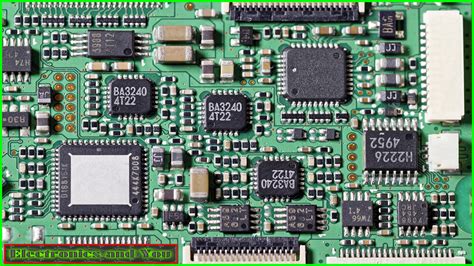
The Future of Flexible PCBs: What Manufacturers Need to Know
The future of flexible printed circuit boards (PCBs) is poised for significant transformation, driven by technological advancements and evolving market demands. As the electronics industry continues to innovate, flexible PCBs are becoming increasingly integral to a wide range of applications, from consumer electronics to medical devices and automotive systems. For manufacturers, understanding the trends and challenges in this dynamic landscape is crucial to maintaining competitiveness and meeting the needs of their clients.
One of the primary factors influencing the future of flexible PCBs is the growing demand for miniaturization and increased functionality in electronic devices.
As consumers and industries alike seek more compact and efficient solutions, flexible PCBs offer a unique advantage due to their ability to conform to various shapes and fit into tight spaces. This adaptability not only enhances the design possibilities for engineers but also allows for the integration of more components within a limited area. Consequently, manufacturers must invest in advanced fabrication techniques and materials that support these complex designs while ensuring reliability and performance.
In addition to miniaturization, the rise of the Internet of Things (IoT) is another significant driver of flexible PCB innovation.
IoT devices often require flexible circuits to accommodate their diverse form factors and connectivity requirements. As the IoT ecosystem expands, manufacturers must be prepared to produce flexible PCBs that can withstand various environmental conditions and offer robust connectivity options. This necessitates a focus on developing materials that provide durability and flexibility, as well as the ability to incorporate wireless communication technologies seamlessly.
Moreover, the increasing emphasis on sustainability and environmental responsibility is shaping the future of flexible PCB manufacturing.
As industries strive to reduce their carbon footprint and minimize waste, manufacturers are being called upon to adopt eco-friendly practices and materials. This includes exploring biodegradable substrates, reducing the use of hazardous chemicals, and implementing energy-efficient production processes. By prioritizing sustainability, manufacturers can not only meet regulatory requirements but also appeal to environmentally conscious consumers and businesses.
Another critical aspect that manufacturers need to consider is the advancement of automation and digitalization in the production process.
The integration of smart manufacturing technologies, such as artificial intelligence and machine learning, can significantly enhance the efficiency and precision of flexible PCB production. These technologies enable real-time monitoring and quality control, reducing the likelihood of defects and improving overall yield. As a result, manufacturers can achieve faster turnaround times and lower production costs, which are essential in a highly competitive market.
Furthermore, collaboration and partnerships within the industry are becoming increasingly important.
By working closely with material suppliers, design engineers, and end-users, manufacturers can gain valuable insights into emerging trends and customer needs. This collaborative approach facilitates the development of innovative solutions that address specific challenges and open new market opportunities. Additionally, engaging in research and development initiatives can help manufacturers stay at the forefront of technological advancements and maintain a competitive edge.
In conclusion, the future of flexible PCBs is characterized by rapid innovation and evolving demands. Manufacturers must navigate these changes by embracing new technologies, prioritizing sustainability, and fostering collaboration. By doing so, they can ensure their ability to deliver high-quality, reliable, and versatile flexible PCBs that meet the needs of a diverse range of applications. As the industry continues to evolve, those who adapt and innovate will be well-positioned to thrive in this dynamic environment.

